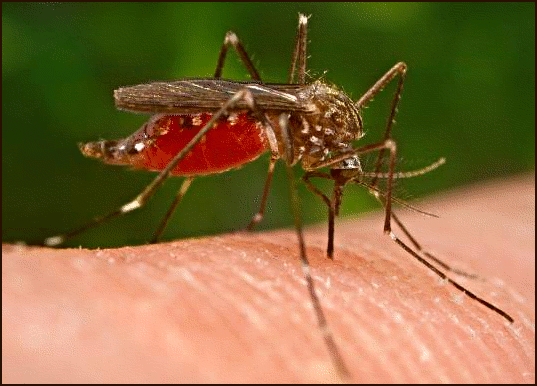 Washington, Oct 2 : Female mosquitoes target humans by cueing in on the carbon dioxide (CO2) and body odour they release, causing malaria, dengue and yellow fever.
Washington, Oct 2 : Female mosquitoes target humans by cueing in on the carbon dioxide (CO2) and body odour they release, causing malaria, dengue and yellow fever. Experiments conducted by two entomologists from the University of California, Riverside have shown how female Aedes aegypti -- that transmit yellow fever and dengue -- respond to plumes of CO2 and human odour.
They reported that puffs of exhaled CO2 first attract these mosquitoes, which then proceed to follow a broad skin odour plume, eventually landing on a human host, the Journal of Experimental Biology reports.
These findings by Ring Carde, professor of entomology at California, Riverside, and Teun Dekker, formerly a graduate student in Carde's lab, could clue scientists on how odours can be used to trap such mosquitoes, according to a university statement.
Yellow fever is a viral disease that kills 30,000 people worldwide each year. Dengue, another viral disease, infects 50 to 100 million people worldwide a year, leading to half a million hospitalisations and 1.25 million deaths.
'The mosquitoes' carbon dioxide receptors allow the insects to respond almost instantly to even the slightest amount of the gas,' Carde said.
'Carbon dioxide alone attracts these mosquitoes and does not require assistance from other odours. Skin odours, however, become important when the mosquito is near the host, selecting biting sites.
'Further, the mosquitoes' sensitivity to skin odours increases five- to 25-fold after 'priming' with a whiff of carbon dioxide.'










0 comments:
Post a Comment